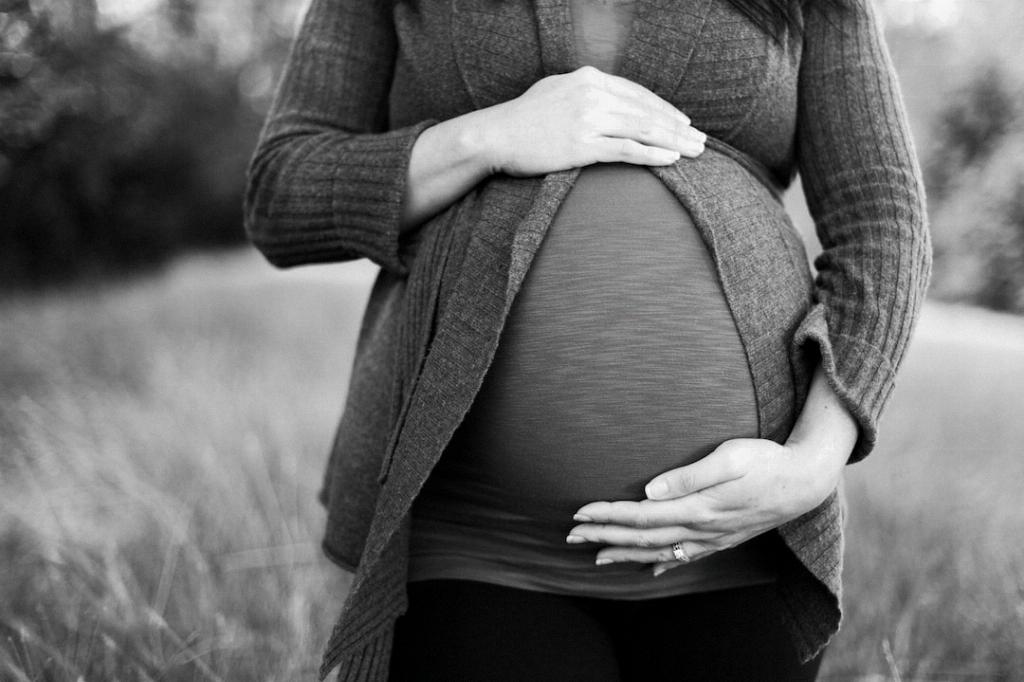When it comes to exercise during pregnancy, many women are understandably concerned about how their activities may affect the well-being of their developing fetus. It’s essential to strike a balance between staying active and ensuring the safety and health of both mother and baby. So, what exactly happens to the fetus during exercise?
Effects of Different Types of Exercise
Overexertion and intense aerobic activities can lead to a situation where the baby’s well-being is compromised as the blood flow is directed more towards the mother’s vital organs than the fetal-placental unit. As a result, heavy weightlifting and long-distance running are generally discouraged during pregnancy to avoid such potential risks.
Changes in Blood Flow
During exercise, the maternal cardiovascular system undergoes significant alterations to accommodate the increased demands. Blood flow to muscles and other tissues rises, but this can also cause a temporary decrease in blood flow to the placenta. While moderate exercise is generally safe, strenuous activities can lead to insufficient oxygen and nutrients reaching the fetus.
Impact on Oxygen Levels
Intense physical exertion can result in a decrease in oxygen levels in the mother’s blood, which, in turn, affects the oxygen supply available to the fetus. Since the baby relies on the mother’s oxygen intake through the placenta, any significant reduction in oxygen levels can potentially harm the developing fetus.
Temperature Regulation
Exercise raises the body temperature, which is usually well-tolerated by most pregnant women. However, if the mother’s body temperature becomes too elevated, it can pose a risk to the fetus. Overheating should be avoided during pregnancy, as it can lead to complications such as neural tube defects.
Effects of Hormonal Changes
Pregnancy hormones cause ligaments and joints to loosen, making pregnant women more susceptible to injuries during exercise. Engaging in high-impact activities or sudden movements can increase the risk of falls or strains, potentially harming both the mother and the fetus.
Benefits of Moderate Exercise
Despite the risks associated with vigorous physical activity, moderate exercise can offer numerous benefits for pregnant women. It can help improve circulation, reduce back pain, boost mood, promote better sleep, and even facilitate an easier labor and delivery.
Consulting with Healthcare Providers
Before starting or continuing any exercise regimen during pregnancy, it’s crucial to consult with a healthcare provider. They can provide personalized recommendations based on individual health status and pregnancy progression, ensuring that both mother and baby remain safe throughout the process.
Listening to Your Body
One of the most important aspects of exercising during pregnancy is listening to your body. It’s essential to pay attention to any warning signs such as dizziness, shortness of breath, vaginal bleeding, contractions, or decreased fetal movement. If you experience any of these symptoms, it’s advisable to stop exercising immediately and seek medical attention.
Choosing Suitable Activities
Opting for low-impact exercises such as walking, swimming, prenatal yoga, or modified strength training can be excellent choices for pregnant women. These activities provide the necessary physical benefits while minimizing the risks associated with more intense forms of exercise.
Staying Hydrated and Nourished
Ensuring adequate hydration and nutrition is crucial for supporting the health of both mother and baby during exercise. Drinking plenty of water, consuming nutritious meals, and avoiding overly strenuous activities can help maintain optimal well-being throughout pregnancy.
Conclusion
In conclusion, while exercise can be beneficial during pregnancy, it’s essential to be mindful of the potential impact on the developing fetus. By choosing appropriate activities, listening to your body, and seeking guidance from healthcare providers, you can safely incorporate exercise into your pregnancy routine and support the health and well-being of both yourself and your baby.

